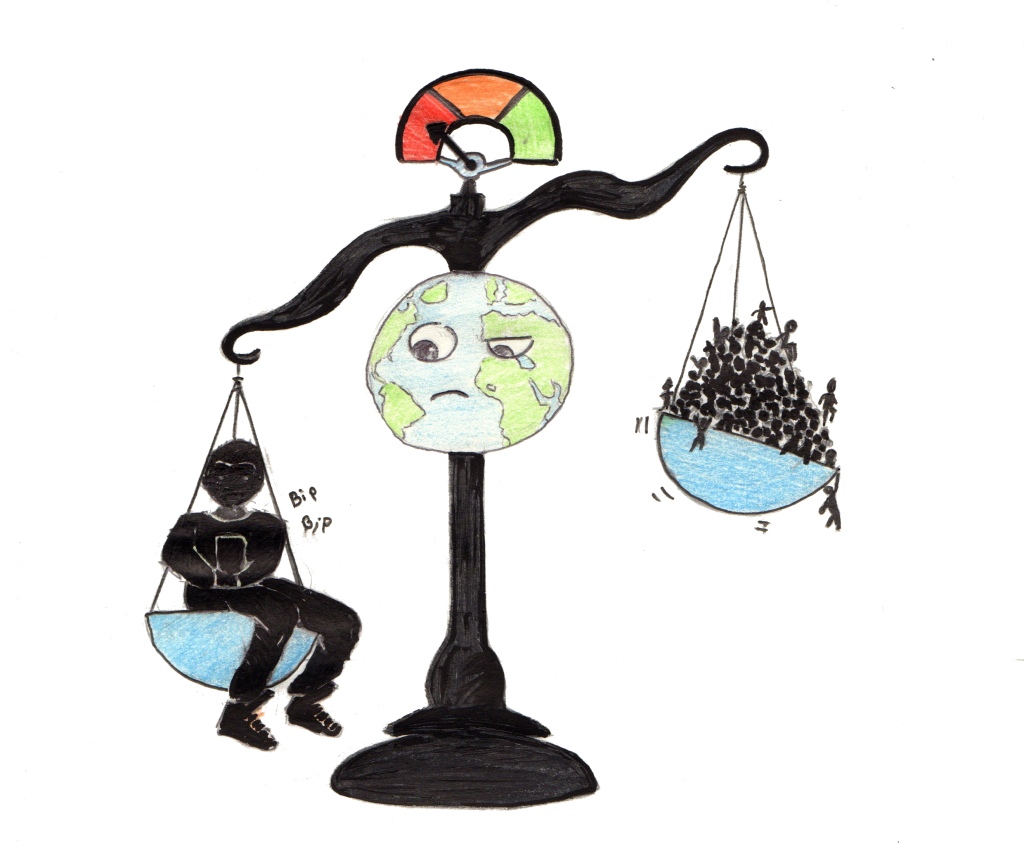Environmental destruction hastens as human population increases, and current efforts are unlikely to improve indicator trends. Intuitively, one may consider reducing human population size by a reduction in fertility as one of the most urgent actions to undertake to ensure our future on this planet. It is already the case in developed countries, which have access to contraception, or more drastically in China, with the one-child policy. However, most populations in developing countries do not have access to contraception, and thus to family planning; and efforts toward this are hindered, especially due to religious considerations.
Yet, this is the future of humanity which is at stake: we are currently more than 7 billion on Earth, and by 2100 we will be between 9.6 and 12.3 billion (in comparison, we were 1.6 billion in 1900). Objectively, reducing human fertility may therefore appear as the #1 objective to limit environmental degradation. Is this correct? Is this feasible?
These questions were studied by two researchers (Corey Bradshaw et Barry Brook) who simulated the evolution of human demography under different scenarios: reducing fertility down to 2 children per woman by 2100; down to 1 child per woman by 2100; or even by 2045; removing all the unwanted pregnancies (estimated at ~16% of births); catastrophic mortality events such as pandemia or world wars with losses proportional to the second world war.
Their predictions indicate that given the current momentum of human demography, it is not possible to significantly limit population size by 2100 according to the most “realistic” scenarios (estimations > 9 billion). Less realistic scenarios or catastrophic scenarios won’t work either. A one-child policy by 2100 would lead to 7 billion humans in 2100 (i.e., similar size as currently is). Even catastrophic scenarios similar to a new World War (with proportional losses) would lead to 10 billion humans by 2100; or a mass-mortality event such as a pandemy killing 2 billion humans within 5 years would lead to > 8 billion humans. Removing all the undesired births would lead to > 7 billion by 2100.

Thanks to Sarah for the illustration
These results simply show that trying to reduce the population size is not a miracle solution. Attention, they do not indicate that we should not try to gradually reduce human fertility: a reduction is feasible and would result in hundreds of millions fewer people to feed; and to my mind hundreds of millions fewer people suffering from consequences of previous generations.
I have the feeling to face a situation even worse than the Khazzoom-Brookes postulate. In a nutshell, this economic postulate states that an increase in energy efficiency unexpectedly leads to an increase in global consumption. A simple metaphor: light bulbs consume less? Put light bulbs everywhere!
To counter this postulate, we should stop the increase in the number of light bulbs, while reducing their consumption. If we can’t stop the increase in the number of light bulbs, then we have to reduce their consumption to the minimum possible.
For the human species, it is exactly the latter situation. From Bradshaw and Brookes’ work we know that it will be extremely difficult to limit the demography by 2100; thus it behoves us all to drastically reduce our resource consumption to ensure the survival of our species.
